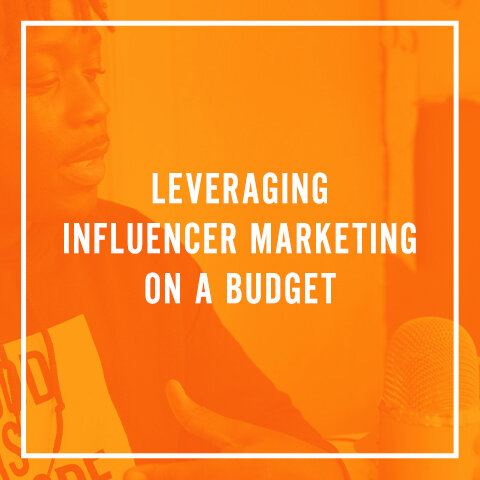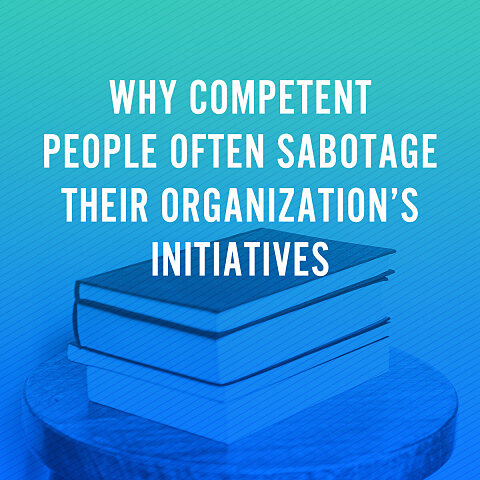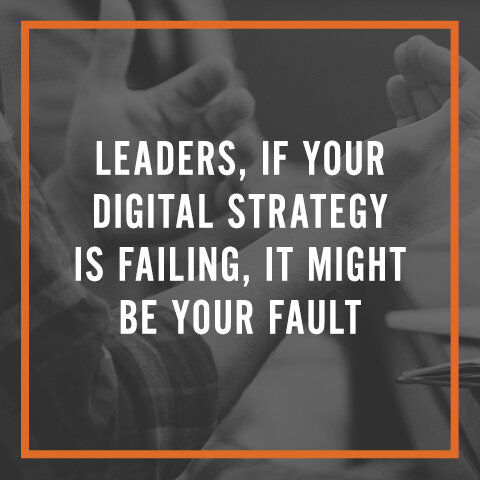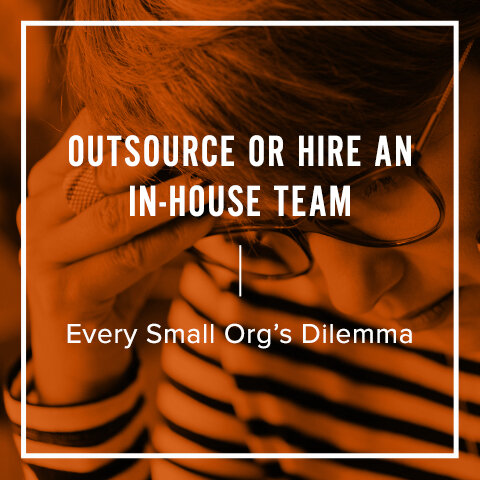What's a Growth Plan and Why You Need One
By Maurilio Amorim
When things go well you are the hero. When things falter, you get the blame. But regardless of where you are, as a leader, you will always bear the responsibility for the well-being of your organization.
Trust me; I know all about being the person who has to report to boards on the status quo as well as develop a plan for the future. As a marketing director and eventually executive director of a nonprofit, I ensured we reached our goals, which always included people, resources, and funding.
The pressure is the same today as it has always been: create a sustainable and ongoing growth engine that helps move the organization forward.
For decades, I had multiple plans to achieve my goals: a business plan, marketing, and organizational plan.
But who has time, energy, and resources to create and implement all of it and still have any kind of a life?
While every organization needs systems and structure, their most pressing need is growth: growing our service base, our volunteer, and our funding.
Without growth fueling the organization, even the best of systems do not matter.
Once I started The A Group, a marketing and technology company focused on nonprofits, churches, and missional businesses, I spent decades developing the skill of creating marketing, branding, and funding plans.
We have written hundreds of these plans for organizations large and small.
But as the needs of our clients evolved and our solutions evolved along with them, we found ourselves creating a different kind of marketing plan. Instead of a list of tactics, we developed strategies that tied to specific growth goals for the organization.
It makes so much sense! You don't just want more people to see your ad, billboard, or content. Ultimately you want people to engage, purchase, volunteer, give, become part of your organization. That's a growth plan.
What's a growth plan?
It's a plan that considers your organization's overall mission, has a specific goal in mind, is directly connected to a group of people, and has a particular outcome.
So if you have three primary directives to accomplish in the next year, each one of them would have its growth plan.
For example, your mission is to help young women in developing countries with technical training so they can be able to either find employment or start their own businesses. And let's say that one of your key outcomes is to have 200 students graduate from your pilot program within the next year and have it wholly funded before the program begins.
Your growth plan would focus on your target audiences, the students, the educators, and donors. Your strategies would tie to each of these three audiences to cause them to take appropriate action:
- Recruiting and vetting students.
- Finding the right school partnership.
- Finding and connecting donors to sponsor the program.
A growth plan will guide you in the process of navigating these three distinct audiences with strategies and tactics that are specific to them.
The most significant difference between a marketing plan and a growth plan is that a growth plan is not just measured in impressions, sales, or likes. It's measured in organizational growth. It's a much more complete way of looking at your efforts.
After all, a marketing plan is considered "successful" if it delivers on its basic metrics: impressions, downloads, sales, donations. But a growth plan would have to close the circle and deliver on the promise the organization made.
A growth plan is the intersection of a marketing plan, a business plan, and operations.
In order to deliver on your promise, all these dynamics have to come together. Instead of creating each plan separately, spending a lot of time and effort in hopes they work, creating a growth plan is easier, faster, and way more effective.
In our example, a successful growth plan would deliver the 200 students, help secure a teaching partner and be fully funded.
A growth plan is measured in overall impact. While a marketing campaign can be successful and not contribute to organizational growth, a growth plan only works if it moves the organization forward.
Look for my next post as I will help you put together a growth plan that works.
Meanwhile, keep making a difference,
Maurilio














